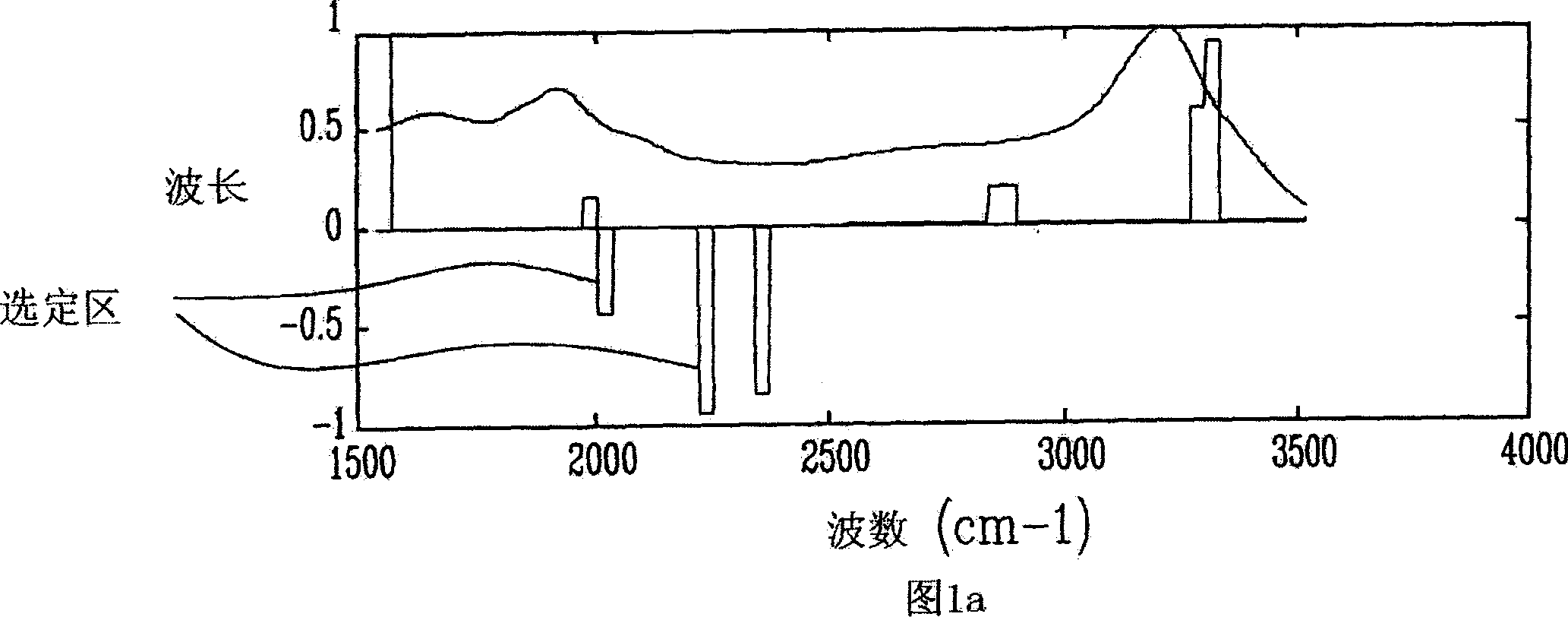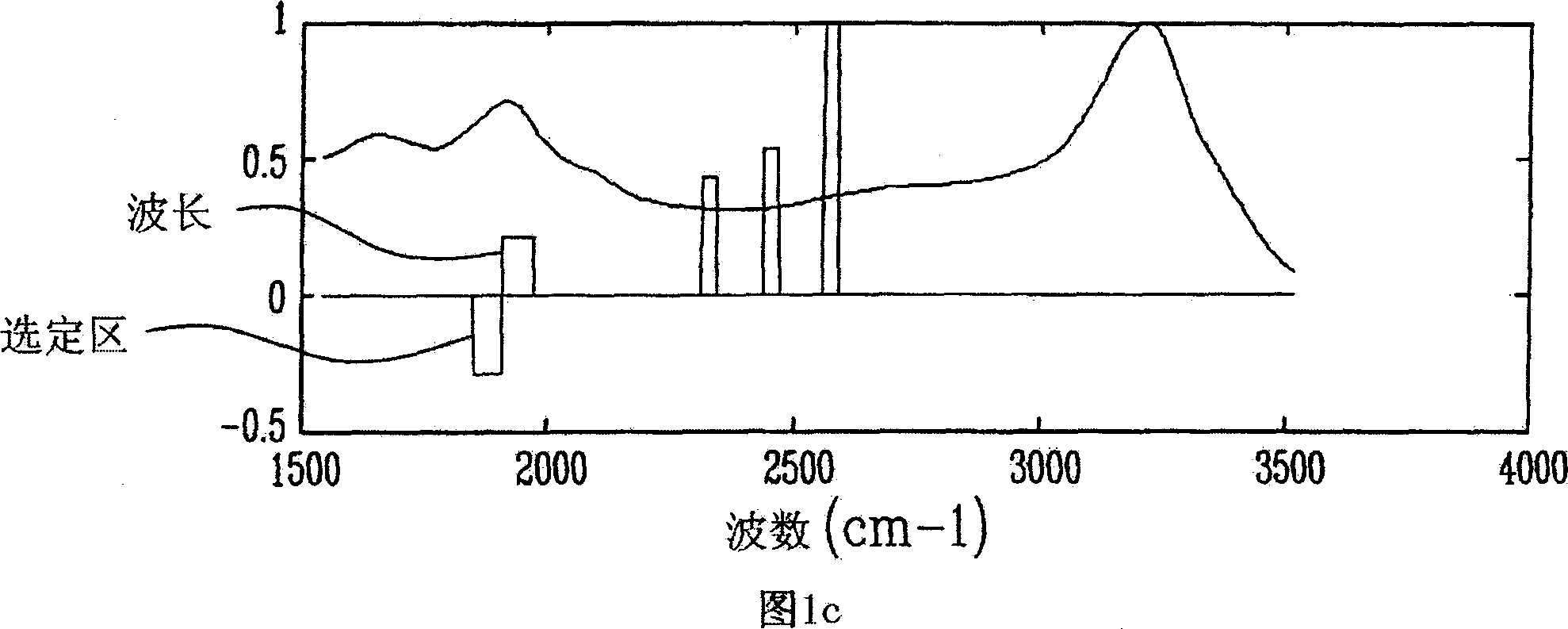Method and device for analyzing amniotic fluid
A technology for amniotic fluid and data analysis, applied in the field of determining one or more biomarkers and monitoring the mother's health status, which can solve the problems of missed diagnosis of GDM
- Summary
- Abstract
- Description
- Claims
- Application Information
AI Technical Summary
Problems solved by technology
Method used
Image
Examples
no. 1 example
[0037] The first embodiment - NIR Raman spectroscopic analysis of amniotic fluid in vitro and its relationship with human birth weight
[0038]One embodiment of the present invention mainly uses Raman spectroscopy to identify a group of amniotic fluid biochemical markers that can predict the birth weight of infants. The advantages of our method are: (1) The method requires only a small (μl) sample of amniotic fluid to measure all important biochemical components simultaneously, thereby maintaining the chemical identity of these chemical components in the amniotic fluid fluid matrix which is important, The amniotic fluid matrix is an important barometer of fetal health, because too little amniotic fluid (oligiohydramniois) or polyhydramnios (polyhydramniois) will threaten fetal health. This method overcomes the limitations of other chemical techniques that require separate analysis of components, since these techniques are not only affected by differences in concentration if ...
no. 3 example
[0079] Second and Third Embodiments - In Situ Detectors Including Optical Spectrometers
[0080] In a second example, intravaginal spectroscopy is used during routine ultrasound examinations (2-5 times) during pregnancy. Early detection can provide an opportunity for therapeutic or nutritional intervention. However, the thickness of cervical tissue (approximately 4mm) reduces the sensitivity of early pregnancy detection. On the contrary, due to the gradual thinning of the uterus during pregnancy, the intravaginal detection time will be delayed, and the interference of cervical tissue will be less, but the chance of medical intervention will be correspondingly reduced. We know that the use of ultrasound images of the amniotic sac can determine or guide the positioning of the probe, so that the detection of amniotic fluid will not interfere with the fetus. An optical spectrometer can also be integrated into the ultrasound intravaginal probe if desired.
[0081] The spectral r...
PUM
 Login to View More
Login to View More Abstract
Description
Claims
Application Information
 Login to View More
Login to View More - R&D
- Intellectual Property
- Life Sciences
- Materials
- Tech Scout
- Unparalleled Data Quality
- Higher Quality Content
- 60% Fewer Hallucinations
Browse by: Latest US Patents, China's latest patents, Technical Efficacy Thesaurus, Application Domain, Technology Topic, Popular Technical Reports.
© 2025 PatSnap. All rights reserved.Legal|Privacy policy|Modern Slavery Act Transparency Statement|Sitemap|About US| Contact US: help@patsnap.com



